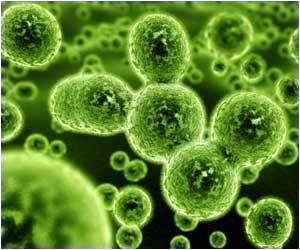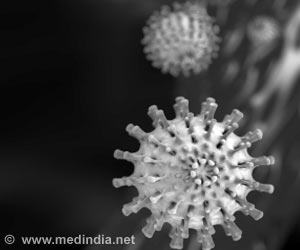A cheaper, more efficient technique for developing complex protein drugs from bacteria has been developed at the University of Sheffield.

Drugs based on proteins are increasingly important in modern medicine to tackle health problems including diabetes, cancer and arthritis.
Although simple proteins are traditionally made in microbial cells, these types of complex drugs are made using animal cells because they can make human-type glycosylations that will control its efficacy and stability in the body, and avoid immunogenic reactions in patients.
Using bacteria to make proteins for use as medicines could be a more cost effective alternative, since using animal cells is expensive. However, the efficiency of glycoprotein production in bacterial cells is still very poor, with yields often several thousand times lower than in animal cells.
Now, researchers in the Department of Chemical and Biological Engineering at the University of Sheffield, with collaboration from the University of Colorado, are using a technique called inverse metabolic engineering, that allows them to screen cells to identify strains that are likely to be the most efficient glycoprotein producers. Using this method, the team were able to produce seven times as much of the protein in laboratory tests.
The team then used mass spectrometry to characterise and accurately quantify the proteins being produced by the bacteria. This allowed them to pinpoint modifications that will enable them, ultimately, to improve the performance of the drug.
Advertisement
The team also tested the technique on antibody fragments with positive results, showing that their approach could work in different proteins.
Advertisement














